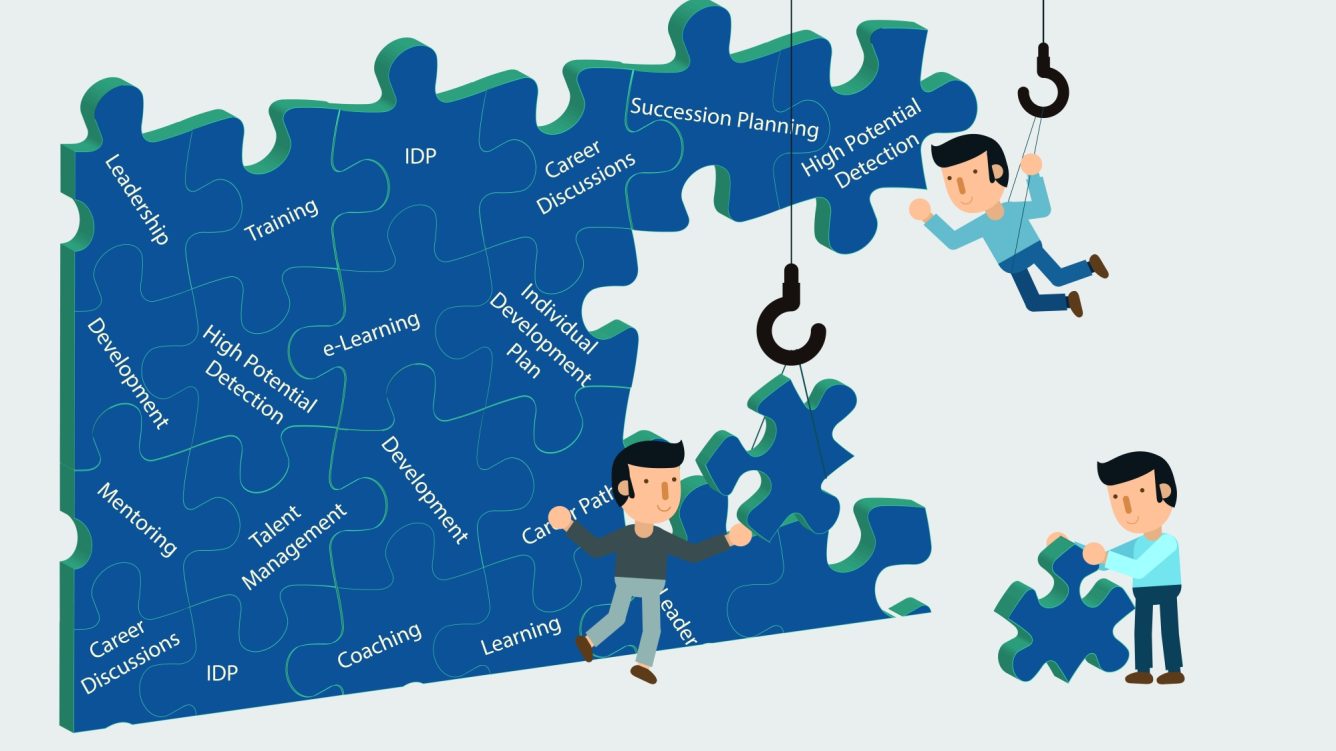Latest Posts in Strategy and Operations

You’re standing in an art gallery filled with paintings. What draws your eye toward a particular canvas? It might be the vibrant colors or the naturistic scene … but something makes it stand out, right? Believe it or not, it’s similar for talent acquisition – you must find your own unique way to stand out if you want to be noticed by the best job candidates.

If you’re interested in learning more about knowledge management, or if you need more insight on why it’s important to your company, you’ve come to the right place. In this brief article, you will learn the basic definition of knowledge management, the two main types of knowledge and how your company stands to benefit from a knowledge management plan.

How are career ladders and lattices different? How are they the same? And which one is best for your organization’s talent management strategy? Although they’re both tools that organizations use to guide employees on a path of career progression, they differ in many ways! In this article, I will review how they’re different, what they have in common and which one might be the best choice for your organizational needs.

As the world of work evolves, so must the way we develop people. Learn how EDSI’s Kim Glenn is helping organizations build future-ready talent and shape the next era of learning and leadership through her work with ATD’s exclusive CTDO group.

American Job Center (AJC) certification is more than a compliance milestone—it’s a catalyst for innovation, integration, and equity. Discover how certified AJCs, including those operated by EDSI, are transforming into hubs of collaboration that connect jobseekers, employers, and communities. With real success stories and proven outcomes, certification is fueling workforce resilience and reshaping the future of work.

Corporate culture. It’s like a magnetic force that pulls talent toward your organization. Is your pull strong or weak? In all seriousness, though, it’s a hot topic in the war for talent. Economists note that when the economy is thriving, employees have more bargaining power, which leads to more competition in the job market. Because of this, many companies must take a closer look at their culture as a primary way to attract and retain employees.

Succession planning means different things to different people, but the most common theme among all the definitions that exist is that it involves making sure your business is prepared for the future. There are different types of succession planning, each of which depend on your type of business and your businesses’ specific situation.

One-Stop Operators play a behind-the-scenes but critical role in workforce systems. From coordinating partner meetings and tracking performance to ensuring compliance and continuous improvement, their work keeps workforce centers running smoothly. Hear from Diana Monti as she shares insights on how One-Stop Operators drive collaboration and impact across communities.

